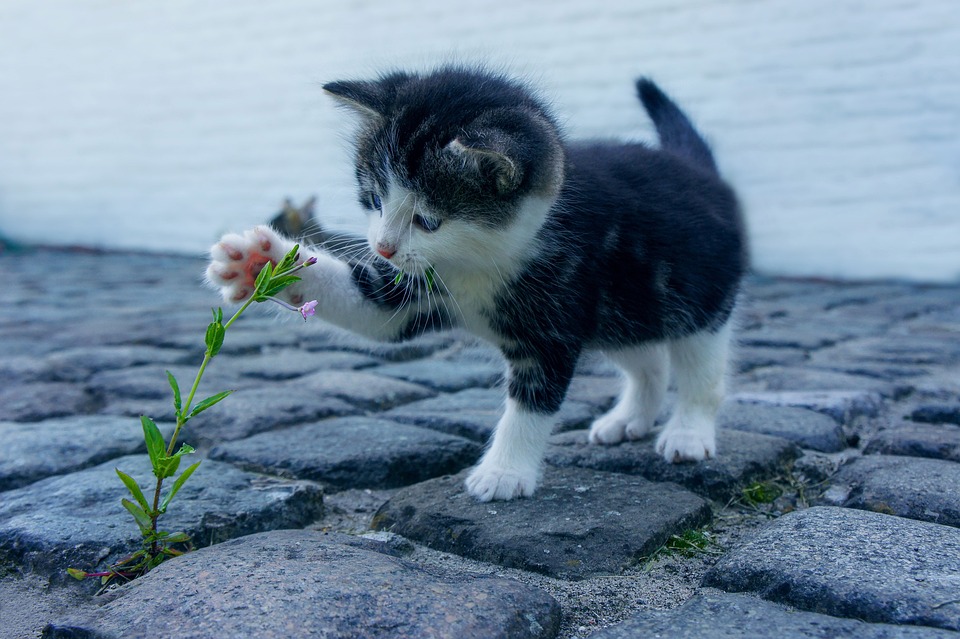*By Jane Smith*
Introduction:
Cats are known for their quirky behaviors, and one of the most peculiar yet common behaviors is tail chasing. While some occasional tail chasing can be normal, excessive or obsessive tail chasing can be a cause for concern. In this article, we will explore the reasons behind excessive tail chasing in cats, how to address this behavior, and provide answers to frequently asked questions.
Understanding Excessive Tail Chasing in Cats
1. Causes of Excessive Tail Chasing:
– Genetic Factors: Certain cat breeds, such as Siamese or Burmese, may have a higher tendency to display excessive tail chasing behavior due to genetic predispositions.
– Anxiety and Stress: Cats experiencing stress, anxiety, or boredom may resort to excessive tail chasing as a coping mechanism.
– Medical Conditions: Some medical conditions, such as hyperthyroidism or skin allergies, can lead to discomfort or irritation, causing cats to chase their tails excessively.
2. Signs of Excessive Tail Chasing:
– Constant and Obsessive Behavior: Cats that repeatedly and persistently chase their tails to the point where it interferes with their daily activities may be exhibiting excessive tail chasing.
– Self-Injury: Excessive tail chasing can result in self-injury, including hair loss, skin inflammation, or even open wounds.
– Aggressive Behavior: Cats with excessive tail chasing tendencies may become aggressive towards themselves or other pets in the household.
3. Distinguishing Excessive Tail Chasing from Playful Behavior:
– Frequency and Duration: Normal tail chasing is sporadic and short-lived, while excessive tail chasing occurs frequently and for longer durations.
– Context: Excessive tail chasing often happens in stressful or monotonous situations, while playful tail chasing is more common during interactive play sessions.
Addressing Excessive Tail Chasing in Cats
1. Veterinary Check-Up:
– Rule Out Medical Conditions: Before addressing the behavior, it is crucial to have your cat examined by a veterinarian to rule out any underlying medical conditions that may be causing the excessive tail chasing.
– Discuss Medication Options: In severe cases, your veterinarian may recommend medication to help alleviate anxiety or compulsive behaviors.
2. Environmental Enrichment:
– Interactive Playtime: Engage your cat in interactive play sessions to provide mental and physical stimulation, reducing the need for excessive tail chasing.
– Puzzle Toys and Food Dispensers: Use puzzle toys or food dispensers to keep your cat mentally engaged and prevent boredom.
3. Stress Reduction Techniques:
– Provide Safe Spaces: Create designated safe spaces for your cat, such as high perches or cozy hiding spots, where they can retreat and feel secure.
– Calming Environment: Minimize loud noises, introduce ambient music, or use pheromone diffusers to create a calming environment for your cat.
4. Behavioral Training:
– Positive Reinforcement: Reward your cat with treats or praise when they engage in alternative behaviors, such as playing with toys or using scratching posts.
– Redirect Attention: Distract your cat from tail chasing by redirecting their attention to interactive toys or engaging activities.
FAQs (Frequently Asked Questions)
1. Can excessive tail chasing be harmful to my cat’s health?
– Excessive tail chasing can lead to self-injury, including hair loss, skin irritation, and open wounds. It is important to address this behavior to prevent potential health complications.
2. How can I differentiate between normal tail chasing and excessive tail chasing?
– Normal tail chasing is sporadic and short-lived, occurring during play sessions, whereas excessive tail chasing is frequent, persistent, and interferes with daily activities.
3. Are certain cat breeds more prone to excessive tail chasing?
– Some cat breeds, such as Siamese or Burmese, may have a higher tendency to display excessive tail chasing behavior due to genetic factors.
4. Can excessive tail chasing be a sign of an underlying medical condition?
– Yes, excessive tail chasing can sometimes be a symptom of an underlying medical condition, such as hyperthyroidism or skin allergies. It is advisable to consult a veterinarian for a thorough examination.
5. Should I consult a professional behaviorist for help with excessive tail chasing?
– If the behavior persists despite attempts to address it or if it escalates into aggression, seeking guidance from a professional behaviorist or a certified animal behavior consultant can be beneficial.
Conclusion:
Excessive tail chasing in cats can be a puzzling behavior, but understanding its causes and implementing appropriate solutions can help alleviate the issue. By addressing any underlying medical conditions, providing environmental enrichment, reducing stress, and incorporating positive reinforcement, you can help your cat overcome excessive tail chasing and improve their overall well-being.








